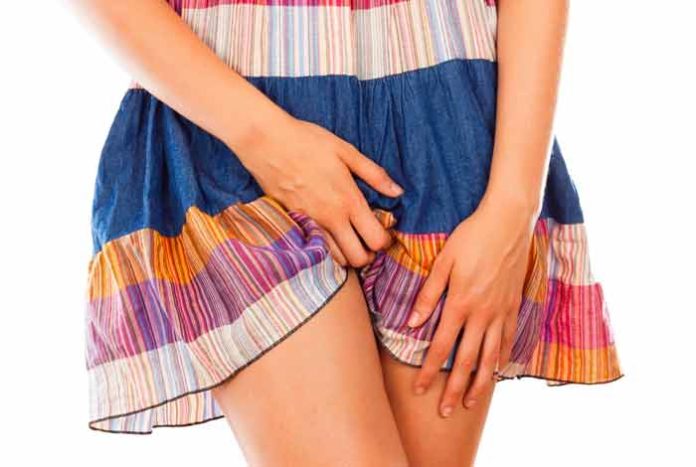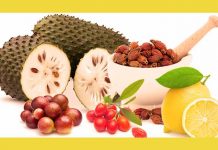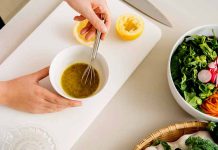
Vaginal yeast infections are common in the summer. Vaginitis, which is vaginal tissue inflammation, is the prime reason[1]why women visit OB-GYN particularly in the summer months.
So, what are the symptoms of a yeast infection? When you have vaginal yeast infection, there is a white vaginal discharge, itching,[2]redness and irritation in the outer vaginal area. Generally, there is no strong odor associated with yeast infections. Symptoms may worsen after sexual intercourse. Many women develop yeast infections after consuming antibiotics. In case of yeast infections, you may use topical antifungal which can be bought OTC, or you can go for an oral antifungal on the prescription of a doctor. These medicines could be effective but there are irritations and infections that can cause inflammation of the vagina. If your symptoms are not improving with medicines or you suspect it is something else, it is best to speak to your doctor.
It may be the case that repeated treatments may not work, and you may wonder if you could do something else to get relief. There’s a lot you can do about this. The following tips will help you manage those pesky yeast infections:
Limit the Intake of Sugar and Processed Carbs
We all have yeasts in our bodies but, problem occurs if they overgrow. Symptoms begin to appear when there is too much yeast in the body. When we consume too much sugar and refined carbs, it leads to the overgrowth of yeast. If you are a regular consumer of soda, sweetened beverages, cake, candies, etc., the yeast level in the body and vaginal area will grow leading to itching. Remove added sugar from your diet and notice the difference. You may have to cut out on juice, bread, and pasta. Alcohol should also be avoided if you have yeast infections.
Do Away with Antibiotics
We have so many healthy bacteria and yeast which make up the microbiome. These microorganisms cover the digestive system, the skin and of course the vaginal area. Use of antibiotics to get rid of the infections, can destroy the good bacteria. And this leads to the growth of yeast and unhealthy bacteria and cause unwanted symptoms. So, you must take antibiotics only when it is the last option. Don’t have an antibiotic thinking it will help you get rid of your cold. If it is recommended by the doctor, make sure that it is absolutely necessary before you start taking it. And always have antibiotic-free organic animal protein.
Take Probiotic
These are good bacteria which can be taken in pill form. There are many oral probiotics especially for the vaginal area. Go for probiotics with Lactobacillus rhamnosus and Lactobacillus reuteri. You many need many capsules a day when you have yeast infections.
Go for a Vaginal Probiotic
Growth of good vaginal bacteria may be helpful. You can even put unsweetened yogurt into your vaginal area. Some tablespoons applied in the outer and inner vaginal tissue can have a soothing effect. You can add probiotic to yogurt or coconut oil to give more good bacteria. When you are using coconut oil, add probiotic in a teaspoon of coconut oil and refrigerate it to make it hard and easier to insert. Use them generally at night when you are about to sleep, as this will allow the probiotics to stay where they should be. Some vaginal probiotic gels are also available which are ready for use. Repeat it at least sometimes a week for a month when the yeast infection is gone to prevent it from coming back.
Take Care of the Basics
Wear cotton underwear. Don’t put on wet clothes and wear loose clothes so that air can pass, and moisture does not build up in the vaginal area. Do not go for douching as it can alter the vaginal pH and do away with good bacteria, causing overgrowth of yeast.
Well, there could be other infections that may be causing vaginal discharge. If the symptoms are not improving and discharge has a strong odor, you must see your doctor. You may require an antifungal medicine for resolving your symptoms.










